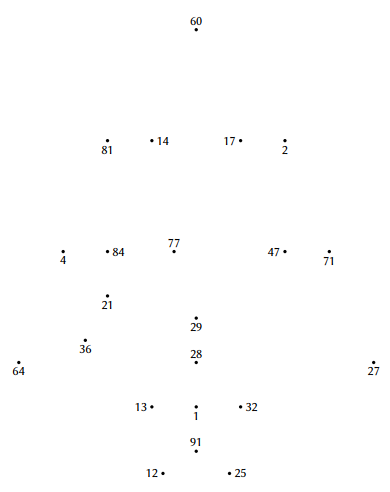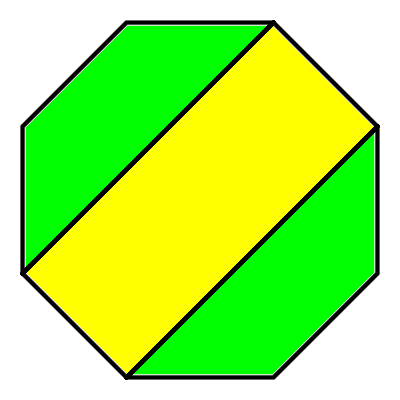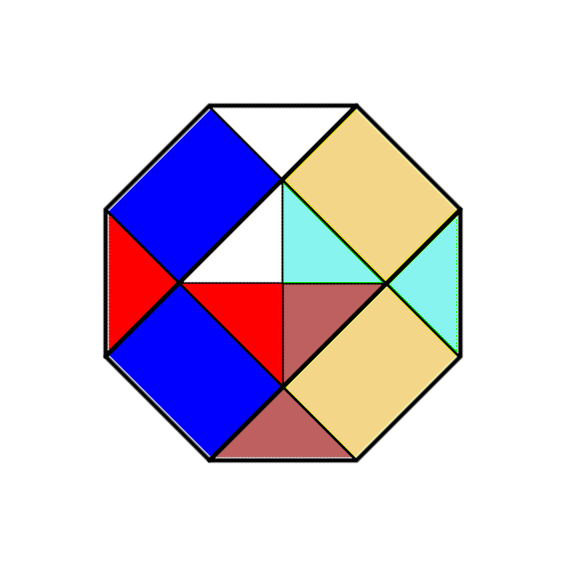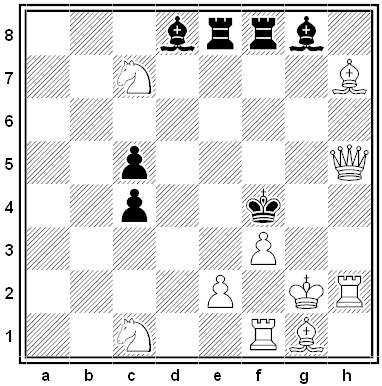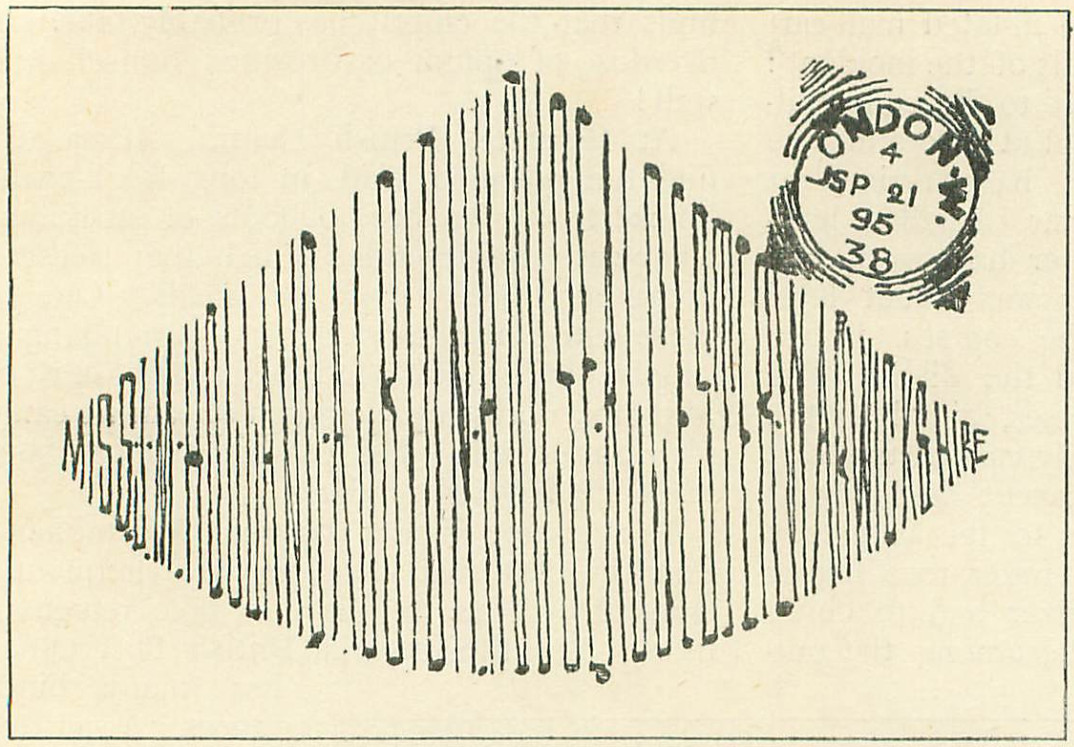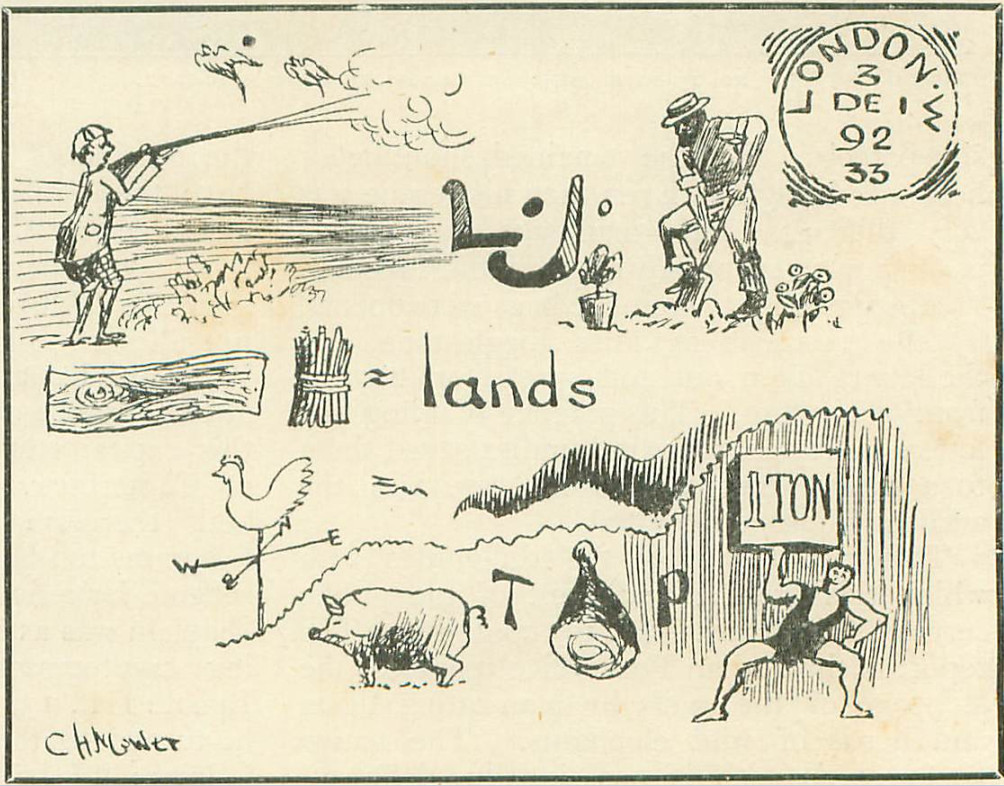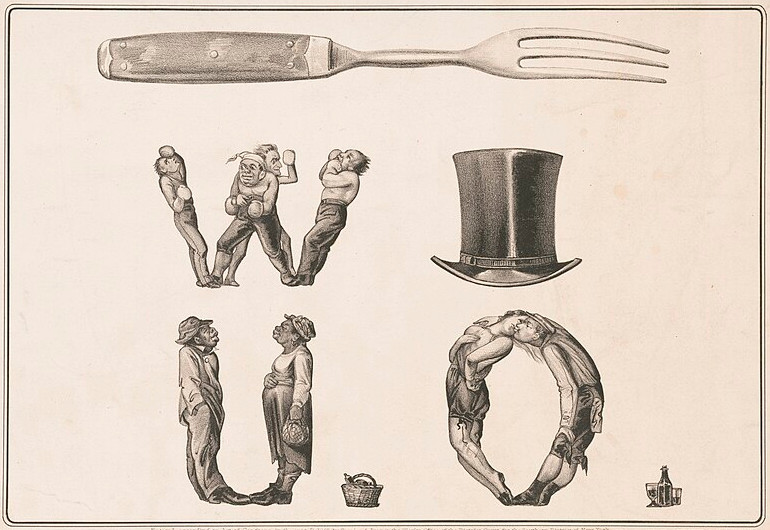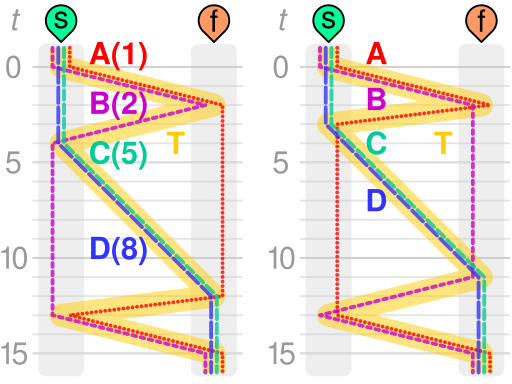Fleeing a rainstorm in 1710, Joseph Addison took shelter at an unfamiliar house. “As I sat in the porch, I heard the voices of two or three persons, who seemed very earnest in discourse. My curiosity was raised when I heard the names of Alexander the Great and Artaxerxes; and as their talk seemed to run on ancient heroes, I concluded there could not be any secret in it; for which reason I thought I might very fairly listen to what they said.”
After several parallels between great men, which appeared to me altogether groundless and chimerical, I was surprized to hear one say, that he valued the Black Prince more than the duke of Vendosme. How the duke of Vendosme should become a rival of the Black Prince’s, I could not conceive: and was more startled when I heard a second affirm with great vehemence, that if the emperor of Germany was not going off, he should like him better than either of them. He added, That though the season was so changeable, the duke of Marlborough was in blooming beauty. I was wondering to myself from whence they had received this odd intelligence, especially when I heard them mention the names of several other great generals, as the prince of Hesse, and the king of Sweden, who, they said, were both running away. To which they added, what I entirely agreed with them in, that the crown of France was very weak, but that the mareschal Villars still kept his colours. At last one of them told the company, if they would go along with him, he would shew them a chimney-sweeper and a painted lady in the same bed, which he was sure would very much please them.
What explains this strange conversation?

